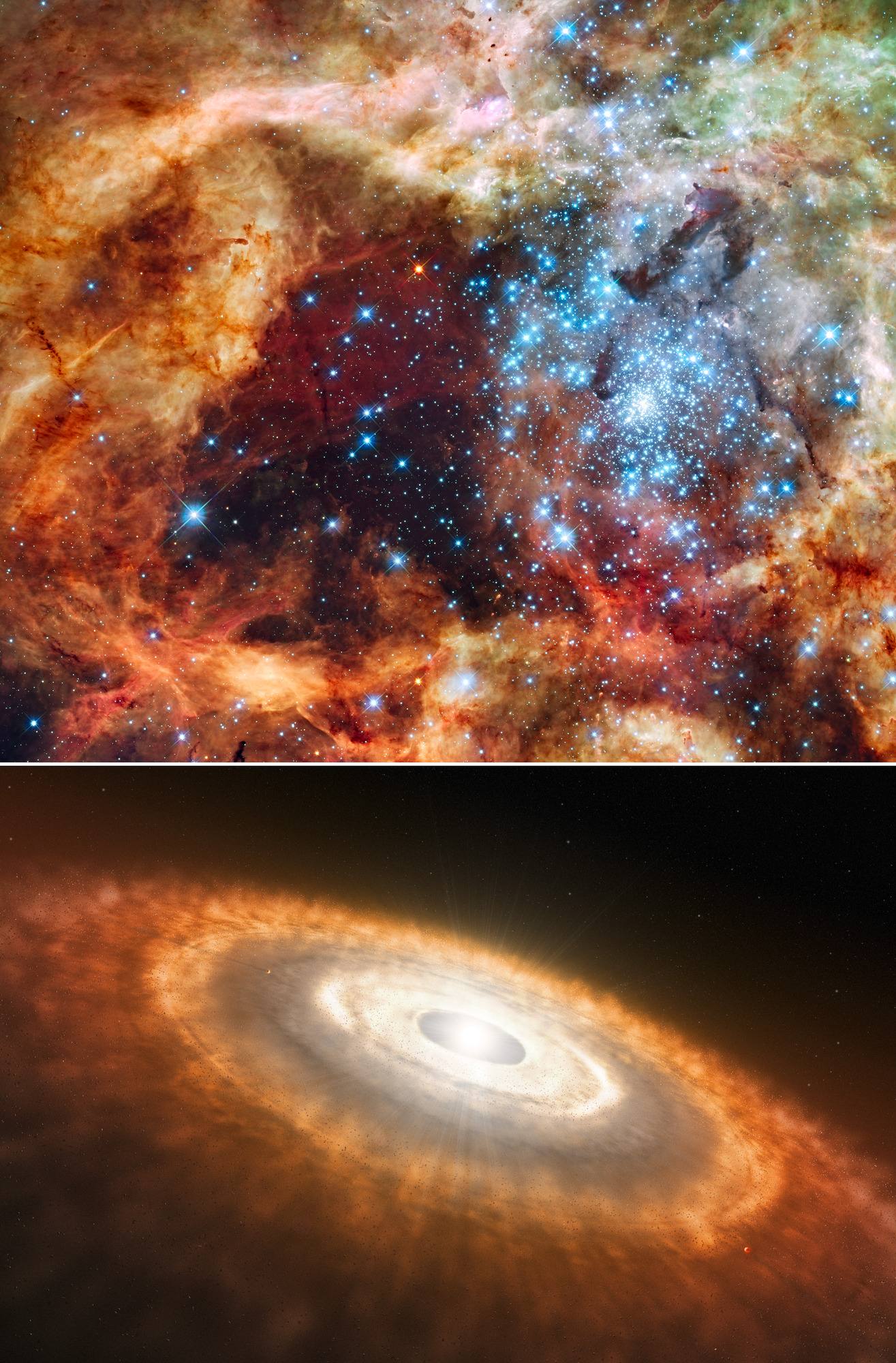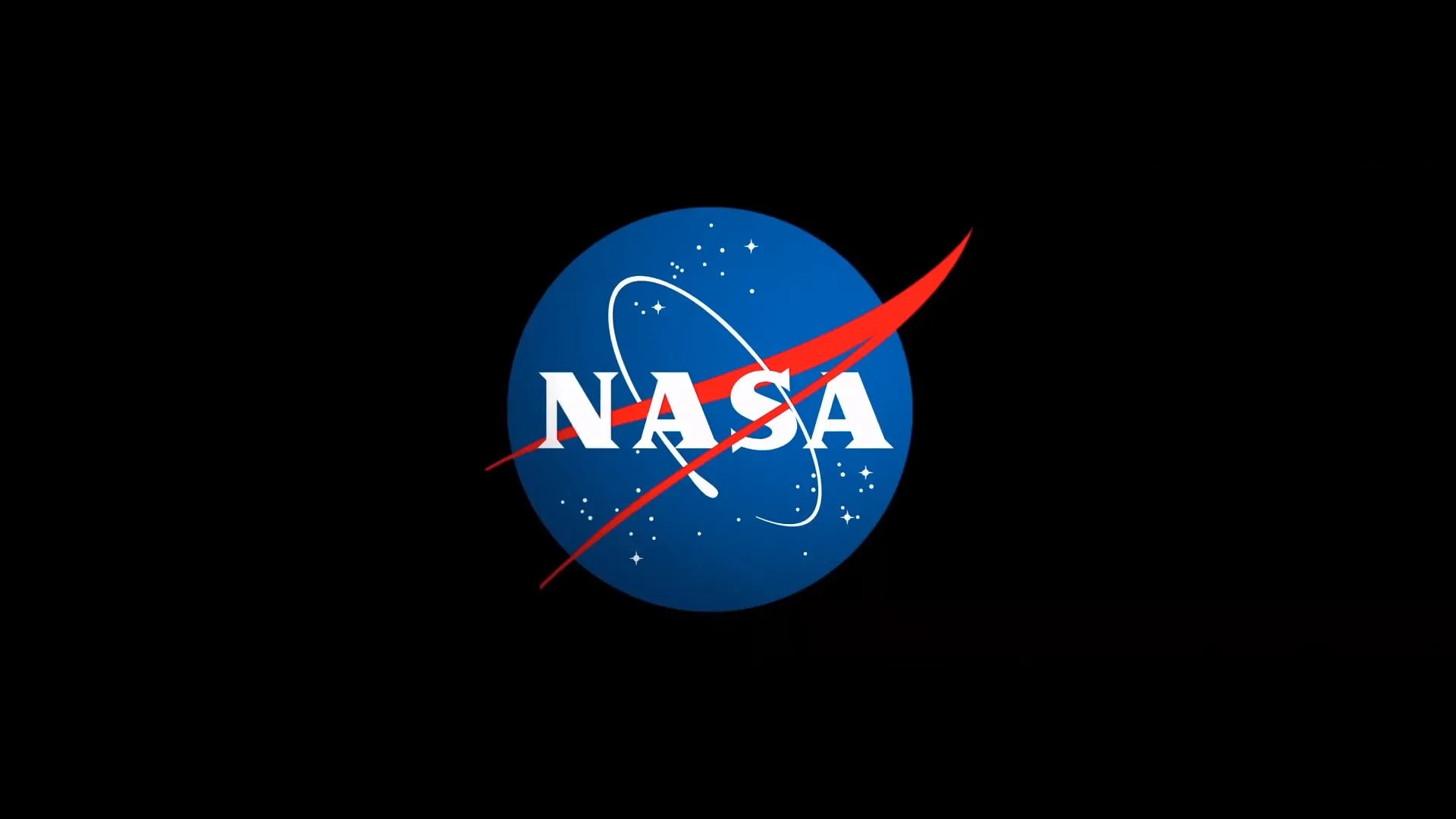test test test
The ULLYSES program studied two types of young stars: super-hot, massive, blue stars and cooler, redder, less massive stars than our Sun. The top panel is a Hubble Space Telescope image of a star-forming region containing massive, young, blue stars in 30 Doradus, the Tarantula Nebula. Located within the Large Magellanic Cloud, this is one […]


What's Your Reaction?



















.jpg?#)































